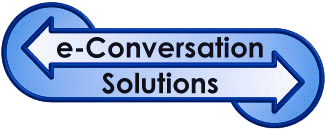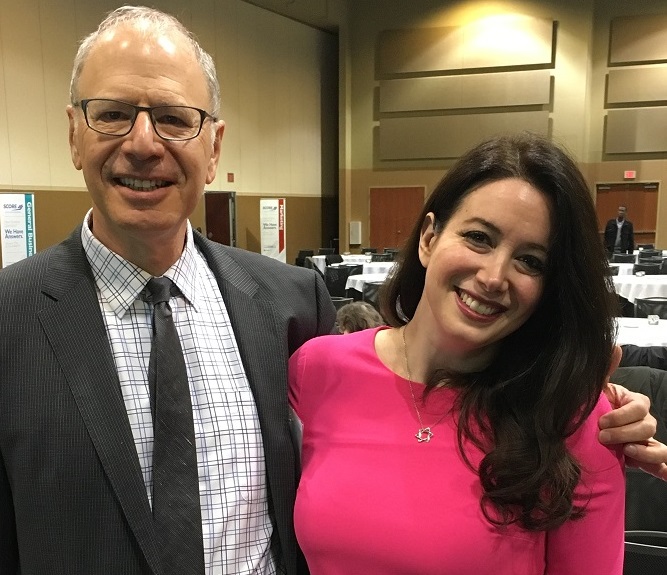You have been asked to present at a conference. You dust off that PowerPoint and are ready to go. Maybe not! Presenting to strangers is different than sharing your knowledge internally. While you don’t have to change your content, here are 3 tips that will enhance the experience.
Make it personal. Get to the presentation early. Take some time to get to know at least 3 or 4 attendees. Ask them about themselves and why they have chosen to attend your session. Spend some time understanding what they do and how you might individually help them be more successful.
Before you start on your topic provide some insights about who you are and what you do. You don’t have to prove that you are knowledgeable. Any one showing up is assuming that you know what you talking about. Give them some insights as to you as a person. For example, an oncology nurse at a hospital tells a story that she became a nurse because when she was a child she spent many months there as a patient. Carol Roth often notes that as a result of a consulting engagement at a toy company, they made an action figure of her. I talk about being one of the first people in the cell phone industry. Success was not obvious then, even though everyone has one now.
Create interactive opportunities. If the audience is small enough and you have the time, give each person 30 seconds to say who they are why they are attending this presentation. If it’s big, talk about 2 or 3 of the folks you met at the beginning and what they are looking for… and how you will provide the appropriate insights. Start the presentation out with a question for your attendees. I do an “Access to Capital” presentation. We start by asking where your money comes from and where it goes.
Give your audience a short exercise to complete in the middle of the presentation. I talk about using questions and answers to create internet content. I will take a break and ask attendees to write down a question that their customers and prospects ask, and a question that they would like to be asked. After the exercise, ask a couple of attendees to present what they came up with.
Talk with your audience not to your slides. Start with the 4 folks you met at the beginning and expand your attendee knowledge with those who participated in the earlier discussions. Craft your solutions within the context of business problems that were discussed. For example, I had a piano tuner attended one of my programs. We discussed the importance of posting testimonials.
Give examples. You are an expert in your field with many client engagements. When discussing a problem that you solved, provide a specific example. For example, I might suggest that a client put up a detailed form on their website. But along with that suggestion, I provide an example of a manufacturer that I worked with. When a prospect filled out the form, the company had all the information they needed. They just had to call and close the sale. The form allowed them to move the selling process from 4 sales calls to 1.
You might also ask some of the thought leaders in the audience for their examples. You will be surprised the insights that could be showcased. A provided example also gives you the ability to expand and enhance. This further demonstrates your expertise.
Lastly, provide some time at the end of the presentation for attendees to come up and talk to you one on one. Often there are some folks who have something to share, but did not want to do it in public. Time after the presentation is a great opportunity to exchange cards and cement relationships.





